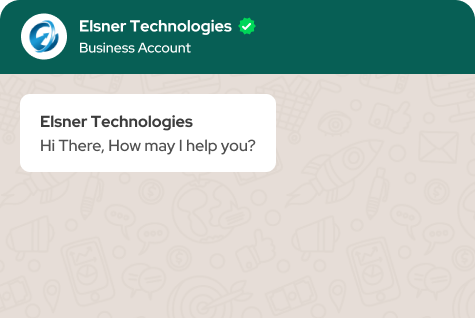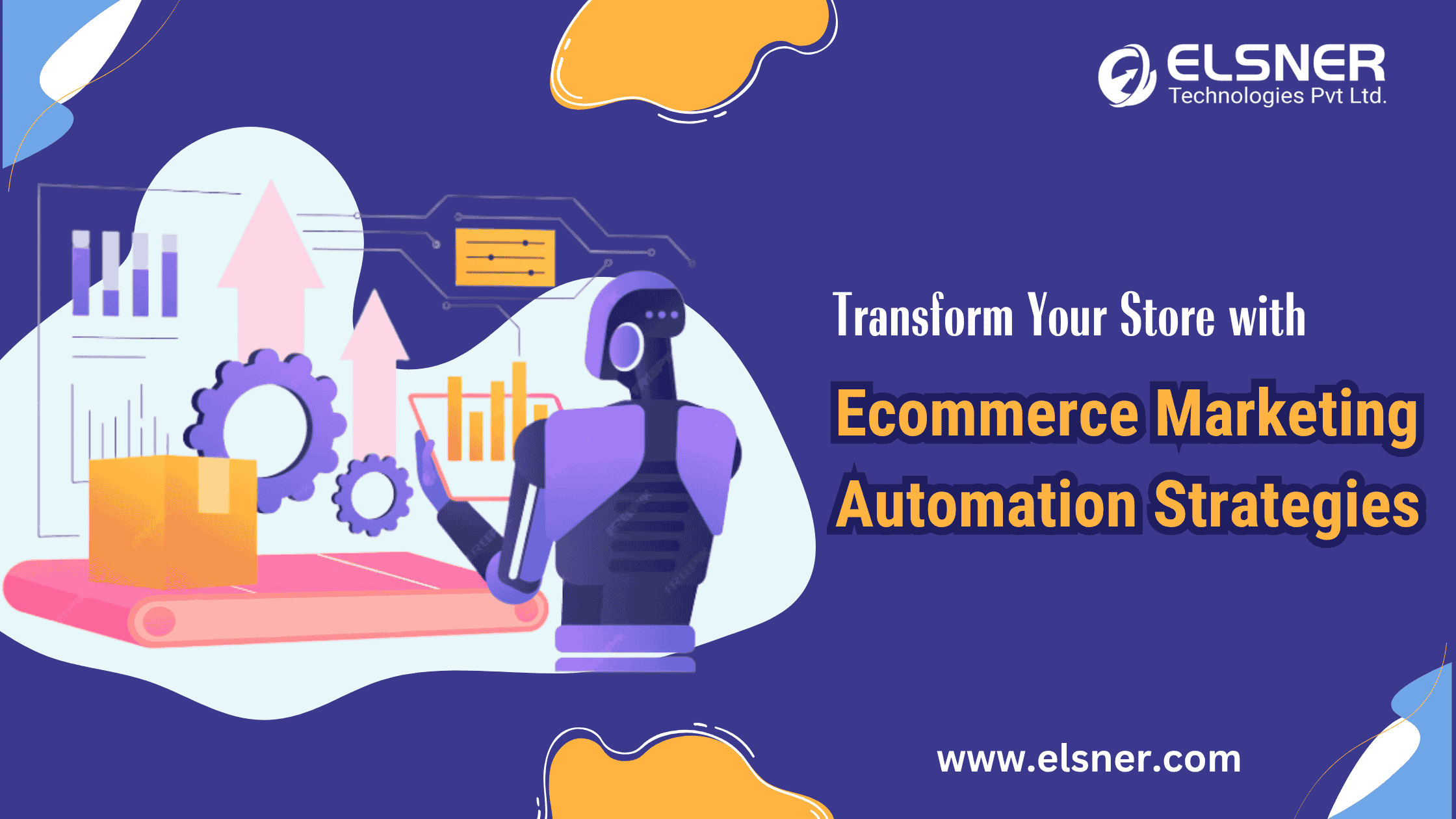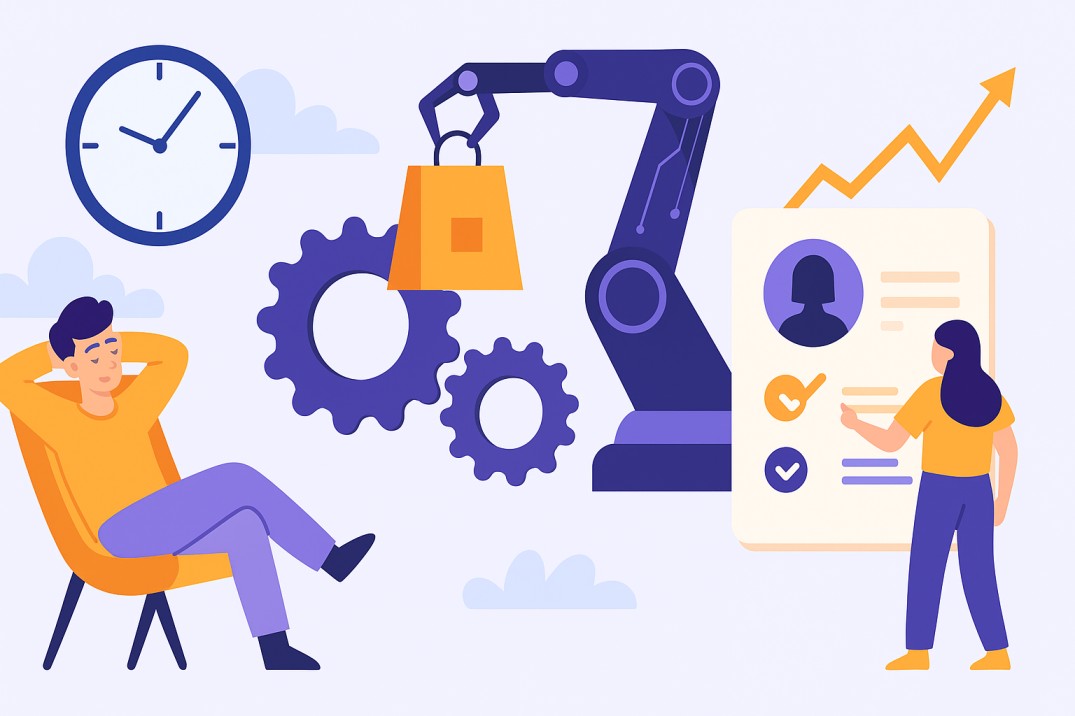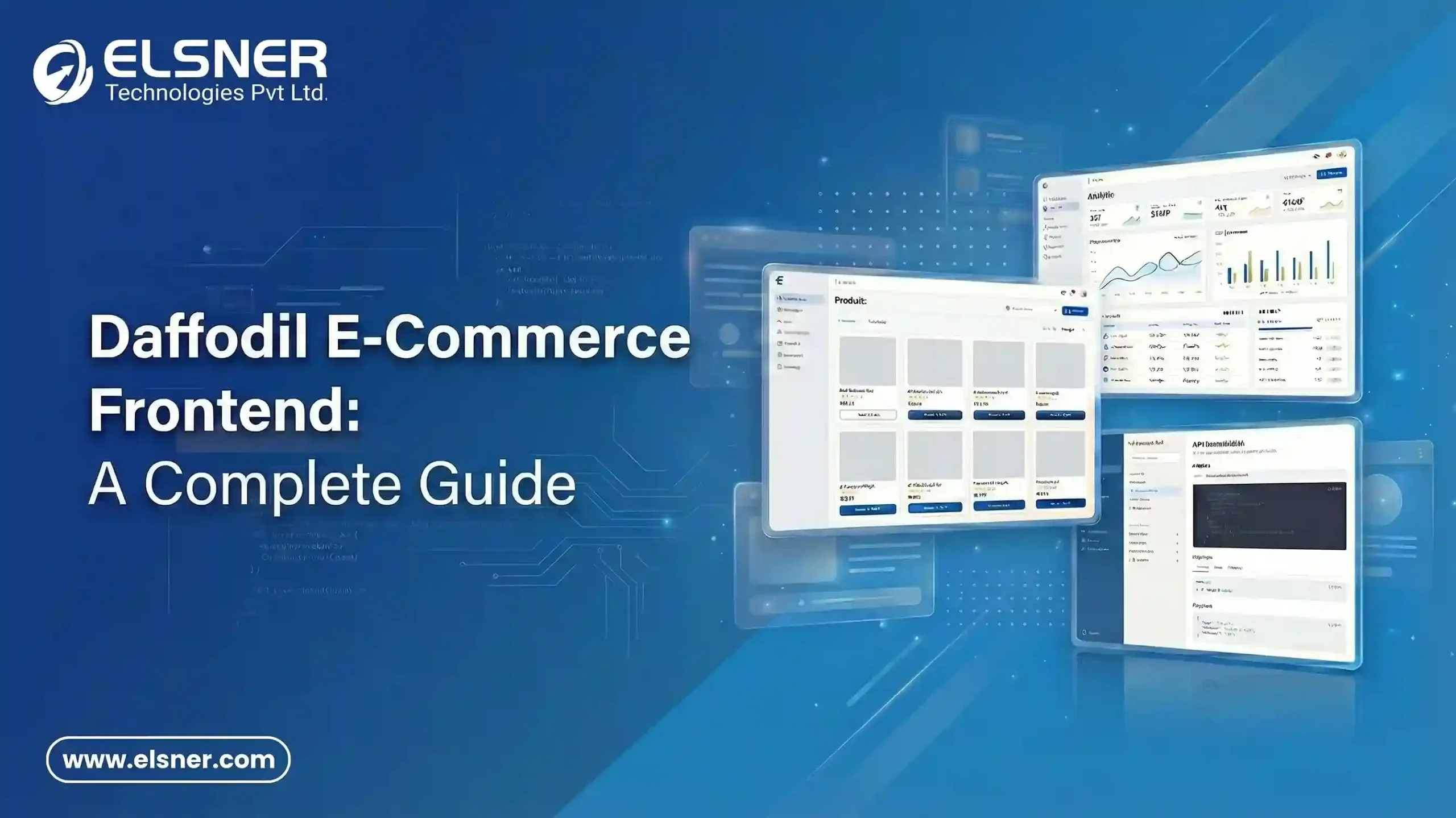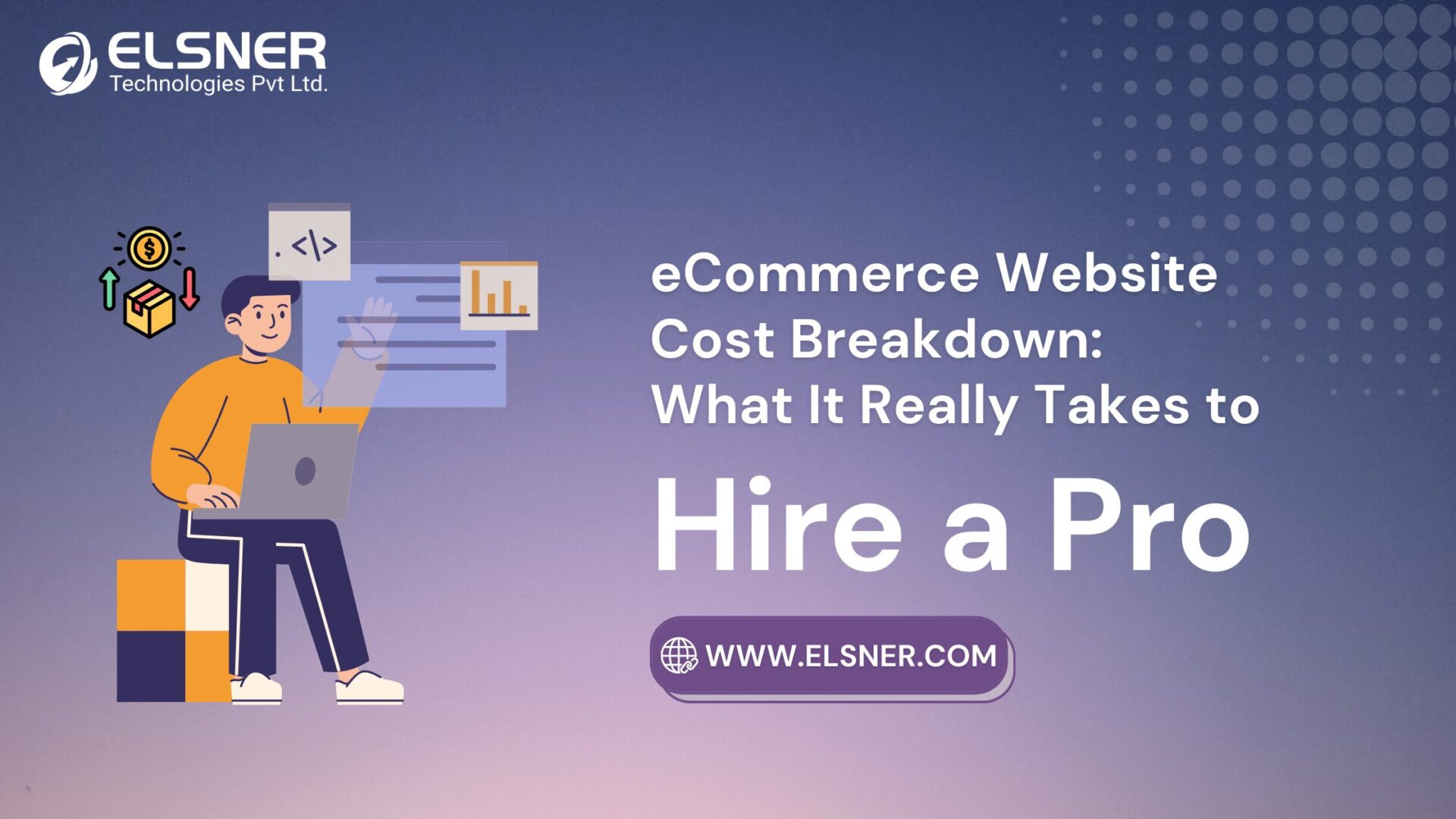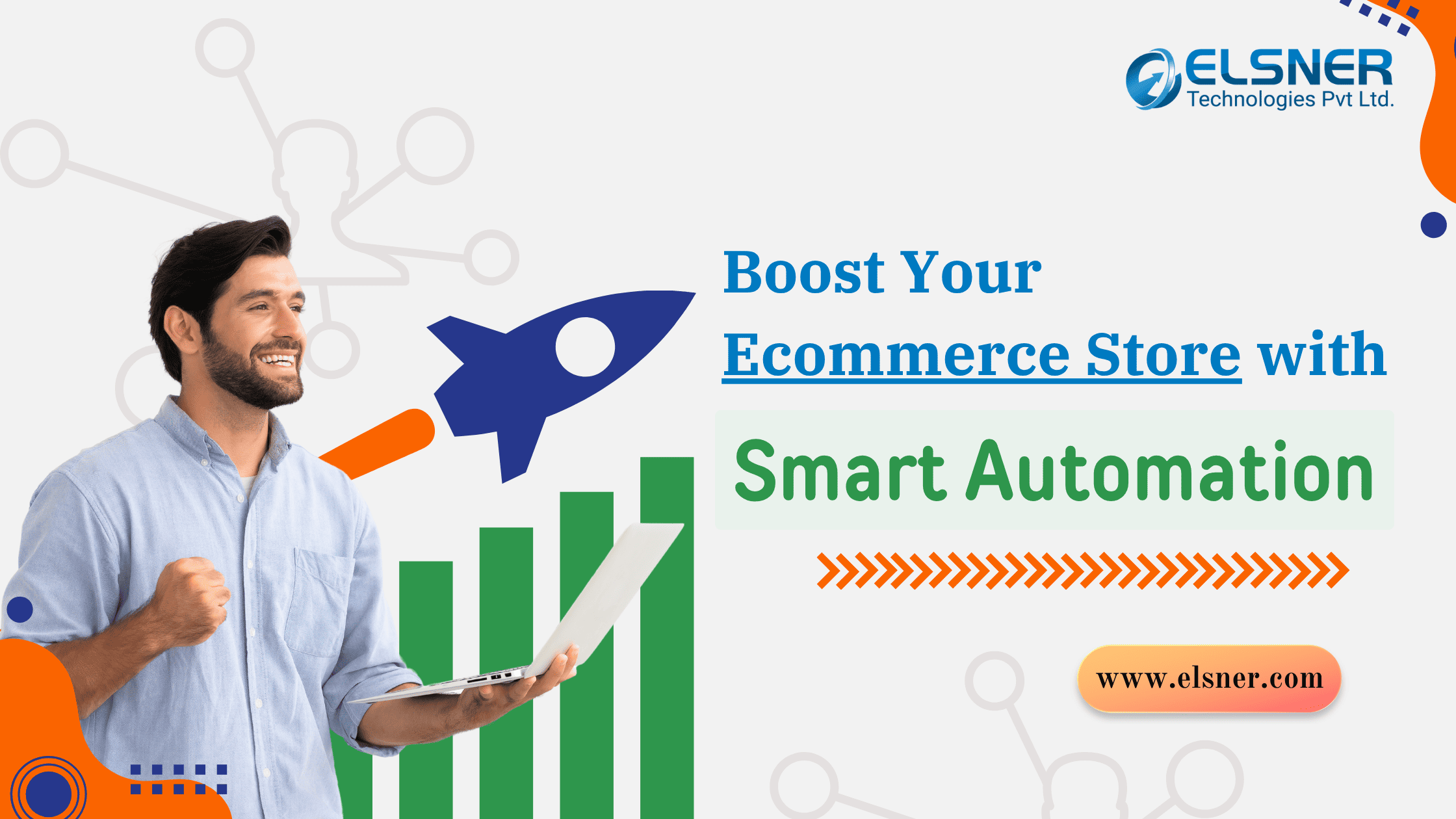- Why is eCommerce Marketing Automation Crucial for Growth?
- Getting Time Back
- Eliminating Human Error
- Making Personalization Realistic
- Key Strategies to Automate eCommerce Marketing
- Email Campaigns That Run Themselves
- Product Recommendations Based on Behavior
- SMS and Push Notifications (Used Sparingly)
- Loyalty Programs That Run Automatically
- Build a Smarter eCommerce Store
- Best Ecommerce Marketing Automation Tools and Platforms
- Features That Actually Matter
- When Standard Solutions Fall Short
- When to Hire an eCommerce Marketing Automation Expert?
- Managing Multiple Channels
- Dealing With Data Silos
- Hitting Growth Ceilings
- Lacking Internal Bandwidth
- Scaling to New Markets
- Conclusion: Making the Shift
- FAQs
- Q: How much does eCommerce marketing automation cost?
- Q: Can non-technical people implement automation?
- Q: How long before seeing measurable results?
- Q: Does automation make marketing feel robotic?
Today’s customers have sky-high expectations. They want stores to remember their last purchase. They expect recommendations that actually match their taste. Generic “Dear Customer” emails get deleted instantly.
Manual marketing can’t deliver this level of personalization. Not at scale, anyway.
According to Shopify Academy automation has become essential for eCommerce brands to scale efficiently, improve customer retention, and stay competitive in a fast-changing market. The system works around the clock without needing coffee breaks.
This guide breaks down proven methods to automate eCommerce marketing, increase eCommerce traffic, and boost repeat purchases. Real strategies for real stores.
Why is eCommerce Marketing Automation Crucial for Growth?
Getting Time Back
Marketing automation strategies for online stores free up 10-15 hours every week. That’s not an exaggeration—it’s what happens when repetitive tasks disappear.
Those hours can go toward product sourcing. Building partnerships. Actually taking a weekend off.
Eliminating Human Error
People have off days. Someone sends a campaign to the wrong list. Another forgets to follow up with a high-value customer. These mistakes add up to lost revenue. Automated systems don’t get distracted. They don’t forget. They execute perfectly every single time, following the exact rules set for them.
Making Personalization Realistic
eCommerce marketing automation isn’t about replacing personal touch. It’s about making personalization possible for more than five customers.
Modern platforms collect data on everything. Browsing patterns. Purchase frequency. Email opens. Products added to wishlists. All this information powers campaigns tailored to individual preferences.
Smart automation drives results that boost repeat purchases while reducing marketing workload. Implementing the right eCommerce automation strategies helps streamline repetitive tasks, improve customer engagement, and drive consistent sales growth across multiple channels.
Key Strategies to Automate eCommerce Marketing
These tactics to automate eCommerce marketing work whether selling handmade jewelry or industrial equipment.
Email Campaigns That Run Themselves
Email still crushes every other marketing channel for ROI.
Welcome Series That Converts Someone subscribes to a store’s email list. What happens next determines whether they become a customer or forget the brand exists.
A three-email sequence handles this automatically:
- Day 0: Brand introduction and what makes the store different
- Day 2: Popular products with customer reviews
- Day 5: First-time buyer discount with a clear deadline
Stores using welcome automation see 33% higher customer lifetime value compared to those sending a single welcome email or nothing at all.
Recovering Abandoned Carts
Cart abandonment rates hover around 70% across all industries. That means potential customers add products, then disappear without buying.
Three automated emails fix most of this:
- Hour 1: Gentle reminder with cart contents and easy checkout link
- Hour 24: Add social proof (customer reviews) or a small discount (5-10%)
- Hour 72: Last chance message with stronger incentive
Browse Abandonment Messages
When someone views a product three or four times without purchasing, something’s holding them back. Trigger an email showing that product with reviews, shipping details, and return policy. Address common objections automatically.
Post-Purchase Sequences
The sale isn’t the end of the customer relationship. It’s the beginning.
Automated post-purchase emails should:
- Request product reviews (timing matters—wait until customers use the product)
- Suggest complementary items
- Offer subscription or repeat purchase discounts
- Check satisfaction before negative reviews appear online
Product Recommendations Based on Behavior
Amazon attributes 35% of its revenue to “customers who bought this also bought” recommendations. Small stores can use identical strategies.
The catch? Recommendations need context. Smart recommendation engines analyze:
- Purchase combinations (what products sell together)
- Browsing patterns (viewed but not purchased items)
- Similar customer behavior (what people like this customer typically buy)
- Seasonal trends (don’t recommend snow gear in July)
Place these recommendations in:
- Order confirmation emails
- Browse abandonment messages
- Thank you page post-purchase
- Homepage for returning visitors
This is how to automate marketing for eCommerce websites without making customers feel like they’re talking to a robot.
SMS and Push Notifications (Used Sparingly)
Email works. But it’s not the only channel worth automating.
Browser Push Notifications Excel At:
- Back-in-stock alerts for wanted items
- Flash sales with tight deadlines
- Price drops on viewed products
- Shipping status updates
SMS Automation Works For:
- Order confirmations (customers want these)
- Delivery notifications (reduces “where’s my order?” tickets)
- VIP-only deals (make loyalty members feel special)
- Abandoned cart reminders (98% open rate)
The golden rule: less is more. One or two SMS messages weekly keep opt-in rates high. Daily texts drive unsubscribes faster than anything else.
Loyalty Programs That Run Automatically
Manual loyalty programs are administrative nightmares. Points calculated on spreadsheets. Customers email to ask about their balance. Rewards that expire before anyone uses them.
Automation handles everything:
- Tracks points in real-time with every purchase
- Sends balance updates after transactions
- Notifies customers when they unlock rewards
- Celebrates milestones (100th order, VIP status, birthday)
When customers reach a new tier, they get immediate recognition and exclusive perks. Instant gratification that encourages more purchases.
Build a Smarter eCommerce Store
From development to marketing automation — Elsner helps you build an eCommerce store that converts, scales, and performs effortlessly.
Best Ecommerce Marketing Automation Tools and Platforms
|
eCommerce Platform |
Top Automation Tools |
Key Strengths |
|
Shopify |
Klaviyo, Omnisend |
Deep native integration, predictive analytics |
|
WooCommerce |
ActiveCampaign, Mailchimp |
WordPress ecosystem, affordability |
|
Magento |
Dotdigital, Adobe Campaign |
Enterprise capabilities, complex workflows |
|
BigCommerce |
Drip, Klaviyo |
Multi-channel sync, scalability |
Features That Actually Matter
Integration Quality
The best eCommerce marketing automation tools don’t just connect to a store’s platform. They sync with CRM systems, analytics tools, customer service software, and inventory management.
Segmentation Depth
Generic messages bomb. Tools need robust segmentation options:
- Purchase history (frequency, recency, amount)
- Behavioral data (pages viewed, time on site, products added)
- Engagement metrics (email opens, clicks, conversions)
- Customer value (lifetime value, average order size)
- Demographics (location, device type, referral source)
Workflow Simplicity
Complex tools gather dust. Drag-and-drop builders beat coding requirements. Marketing teams need to create and modify campaigns without developer tickets.
Reporting Clarity
Dashboards should answer basic questions instantly:
- Which campaigns drive the most revenue?
- Where do customers drop off in the funnel?
- What segments convert best?
- How do A/B tests perform?
When Standard Solutions Fall Short
Sometimes businesses need custom-built automation. Complex multi-channel operations might have unique requirements that standard platforms can’t handle. Ecommerce Development Services build tailored automation workflows that match specific business processes.
As stores scale and platforms evolve, Ecommerce Maintenance Plans keep these systems running smoothly and securely.
The goal isn’t to use the most advanced tool. It’s implementing marketing automation to grow online store traffic in ways that align with business goals and team capabilities.
When to Hire an eCommerce Marketing Automation Expert?
Managing Multiple Channels
Selling through a website, Amazon, eBay, Instagram, and TikTok Shop creates complexity. Customer data needs synchronization across platforms. Messages must stay consistent. Inventory has to be updated everywhere. This gets messy without proper architecture.
Dealing With Data Silos
Customer information scattered across different systems kills automation effectiveness. CRM here, email platform there, analytics somewhere else, customer service in another tool.
Unifying these data sources requires technical expertise that most internal teams lack.
Hitting Growth Ceilings
Basic automation runs smoothly, but growth has stalled. Revenue plateaus. Repeat purchase rates don’t improve. Advanced strategies might unlock the next level—predictive analytics, complex behavioral triggers, AI-powered personalization. These require specialized knowledge.
Lacking Internal Bandwidth
Day-to-day operations consume all available time. Proper automation setup needs testing, optimization, and ongoing refinement. Something has to give.
Usually, it’s automation quality that suffers.
Scaling to New Markets
Launching new product lines or entering new geographic markets needs automation that scales without breaking. Building it right initially beats fixing problems later.
Looking to hire an eCommerce marketing automation expert? Evaluate portfolios carefully. Ask about specific strategies implemented and results achieved. Platform expertise and industry knowledge both matter.
Conclusion: Making the Shift
eCommerce gets more competitive every year. Standing still means falling behind. The marketing automation strategies for online stores covered here create customer experiences that increase eCommerce traffic and boost repeat purchases sustainably.
Start with one workflow. Get it right. Build from there. Pick tools that integrate cleanly with existing systems. The best eCommerce marketing automation tools are the ones teams actually use consistently.
Consider professional help when internal resources hit limits. Whether partnering with ecommerce web developers or managing implementation internally, starting matters more than perfect conditions.
Competitors already use these systems. The real question isn’t whether to automate eCommerce marketing. It’s how fast implementation can happen.
FAQs
Q: How much does eCommerce marketing automation cost?
Entry-level platforms cost $20-50 monthly for small stores under 1,000 contacts. Mid-tier solutions run $100-300 for growing businesses. Enterprise platforms charge $500-2,000+ for high-volume operations. ROI typically reaches 10x-20x through recovered sales and efficiency improvements.
Q: Can non-technical people implement automation?
Yes. Modern platforms use visual workflow builders requiring zero coding. Templates handle common scenarios like welcome series and cart recovery. Basic implementations take a few hours to set up. Complex marketing automation strategies for online stores might need developer help, but fundamentals are accessible to anyone.
Q: How long before seeing measurable results?
Cart recovery shows results within 48 hours. The welcome series impact appears within a week. Complex automations like customer journey optimization need 2-3 months for proper testing. Most stores notice meaningful improvements in the first 30 days.
Q: Does automation make marketing feel robotic?
Not when implemented properly. Good automation delivers more relevant, timely messages than manual efforts. The difference is using customer data for genuine personalization instead of generic templates. Customers notice when messages match their interests. They don’t care whether a human or a system sent it.
